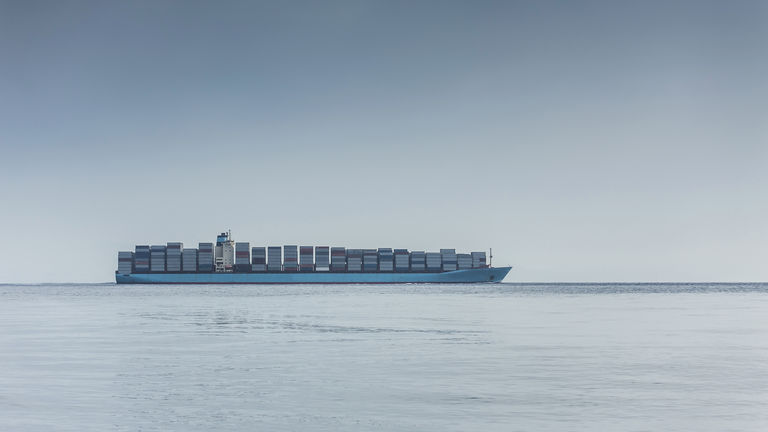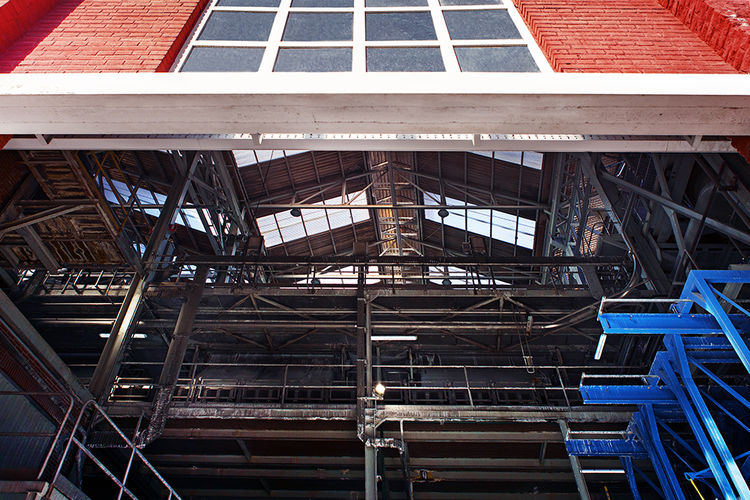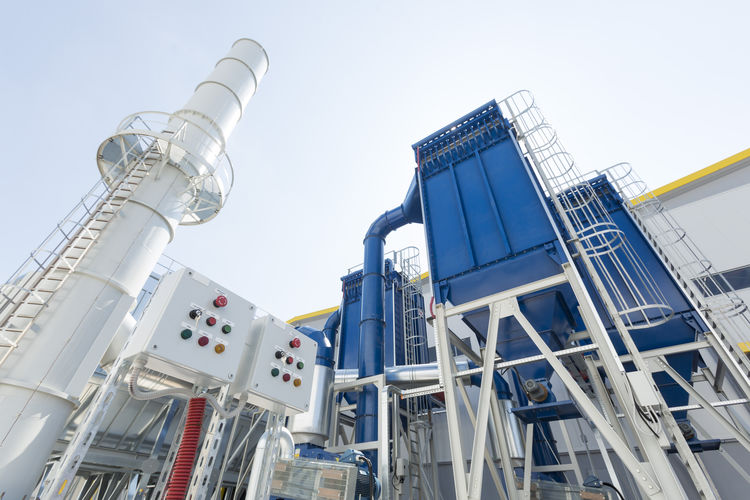Frequently Asked Questions
Find answers to commonly asked questions about SOLVAir® Marine.
Our process presents long-term savings, especially due to the absence of seawater. Some benefits include:
- Removing additive power consumption required for seawater pumps;
- Eliminating repair or maintenance costs due to corrosion
- Reducing power consumption for reheating exhausts in tail-end De-NOx systems due to optimized exhaust temperatures
The system's pressure loss can be adjusted depending on the selected system type. There is no pressure loss at all with the basic dry system since there is no de-dusting medium installed. With an integrated system and cyclones, the pressure loss is still minimal. Additionally, with the baghouse filter solution, the filter's pressure drop does not exceed 10 mbar. Depending on the routing of the exhaust gas ducts, the overall pressure loss of an entire system is expected to be around 15 mbar.
The answer varies by project and system needs. The consumption strongly depends on the S-content in HFO (usually between 1.5 – 2.5 %), the required S equivalent after DeSOx (0.5 or 0.1 %), and the project's location. Freight costs are included.
Bicar® can be packed in 1-ton Big-Bags or bulk in 25 tons tank trucks. Additionally, the product may be stored in container tank silos. (Sodaflexx cartridges) The product delivered in bulk might be stored onboard in dedicated silos via pneumatic transfer from the tank truck.
We must consider the logistical circumstances of the vessel and delivery, such as its movement, possible delays, the shape of the Pier or the distance of the ship from the Pier.
There is no seawater used in the residue removal process. Hence, the wet scrubbers do not corrode.
The Sodium bicarbonate consumption is at most 1/5 of the necessary fuel to reduce the sulfur equivalent percentage from 3.5% to 0.1%. Thus, for 1 ton of fuel, you require 200 kg of bicarbonate. This number may vary depending on the system's optimization and the fuel's initial sulfur content. According to feedback from our customers, they have consistently achieved 15% of sorbent consumption.
Solvay is present in all continents. Thanks to our network of plants, warehouses and regional representations, we provide complete supply security wherever our customers may be.
Solvay operates several BICAR® plants worldwide with logistics networks to supply it wherever needed. These plants include:
- 6 in Europe
- 2 in USA
- 1 in Asia
The residues from the dry DeSOx technology with sodium bicarbonate are classified as non-hazardous waste.
Geographical locations may have different residue treatment options.
In Europe, for instance, Solvay operates two recycling units in Italy and France with over 20 years of operation and about 2 million tons of brine recycled to the soda ash plants. As these units were originally designed for residues from Waste-to-Energy plants, we developed an adapted solution for desulfurization facilities. The products resulting from this process are Ca-Sulfate (Gypsum) which can be used by the cement industry and NaCl, which can be recycled in the soda ash plant. We are looking at several opportunities to extend this offer to other continents.
Further options are the valorization by backfilling in salt or potassium mines. Disposal in landfills may be possible.


